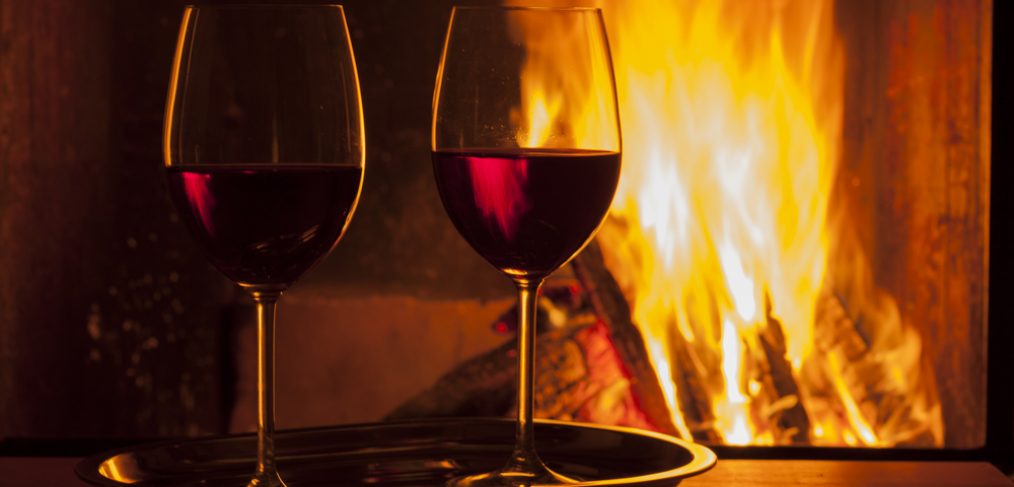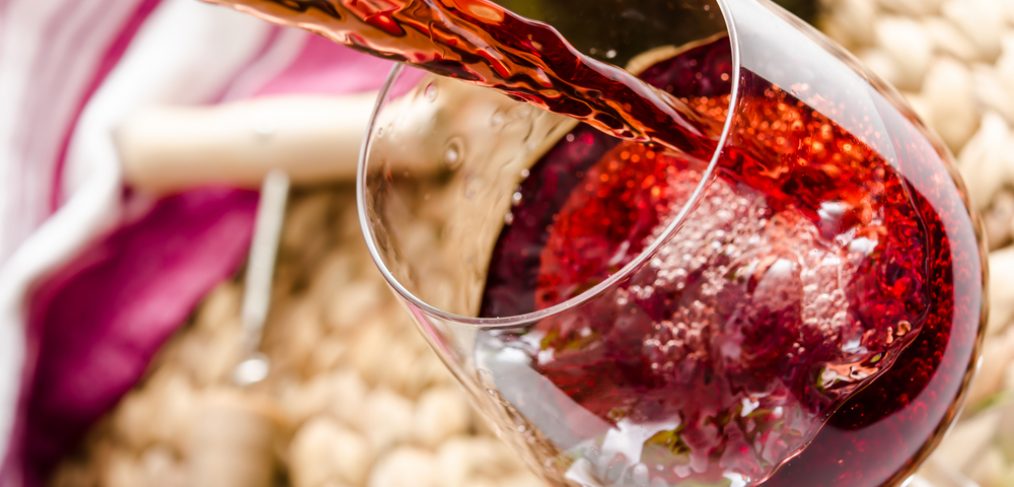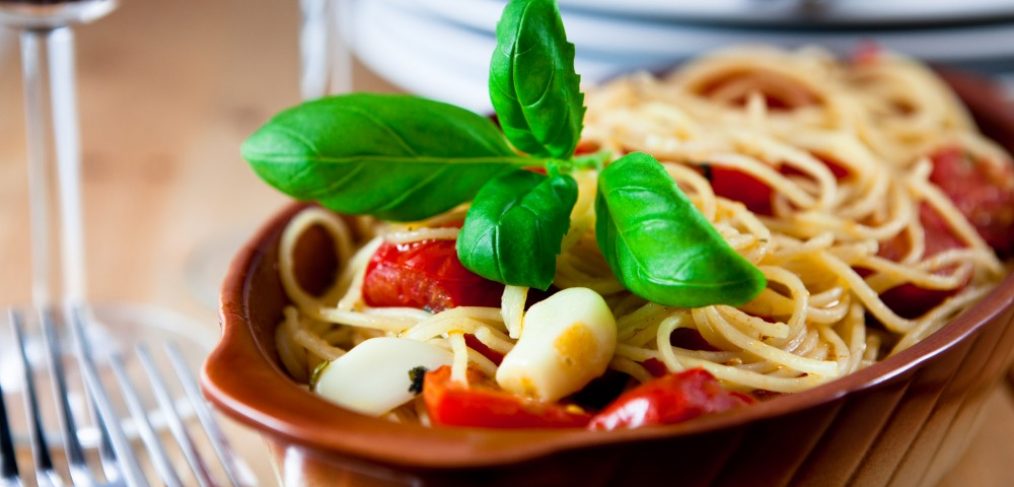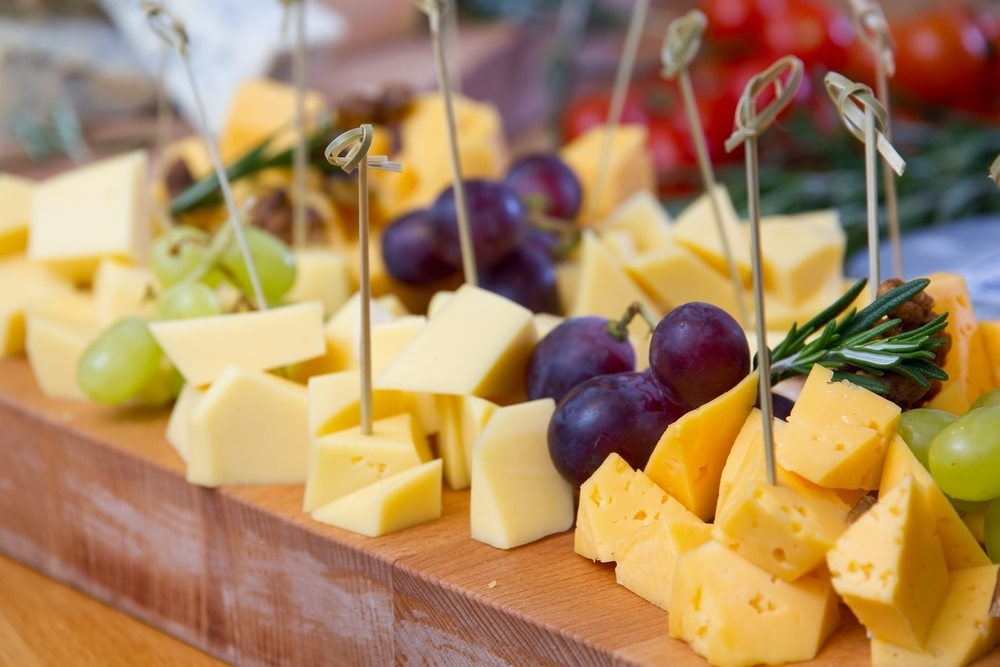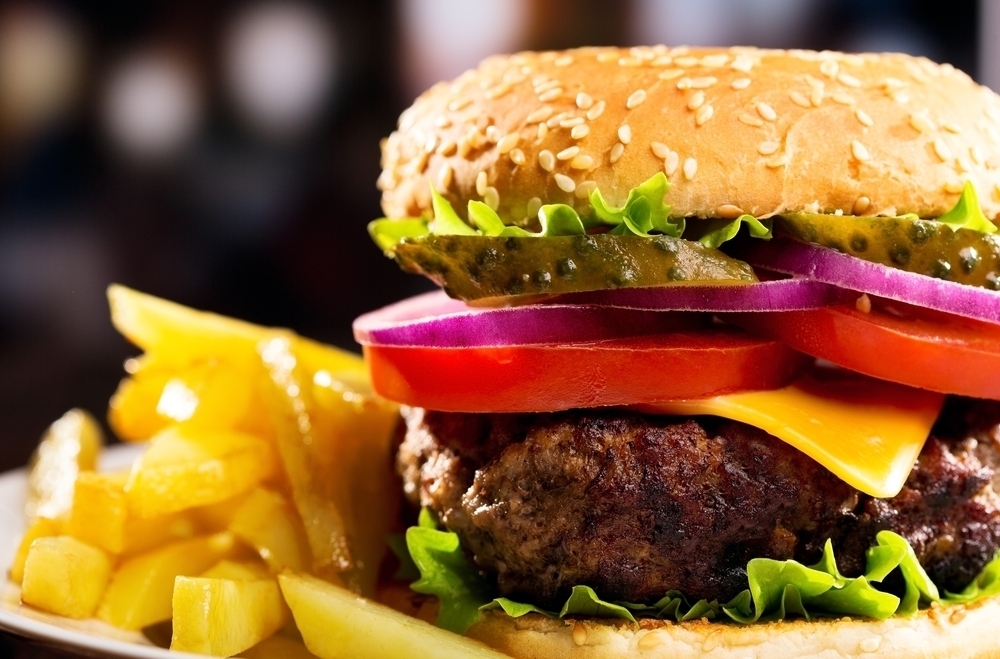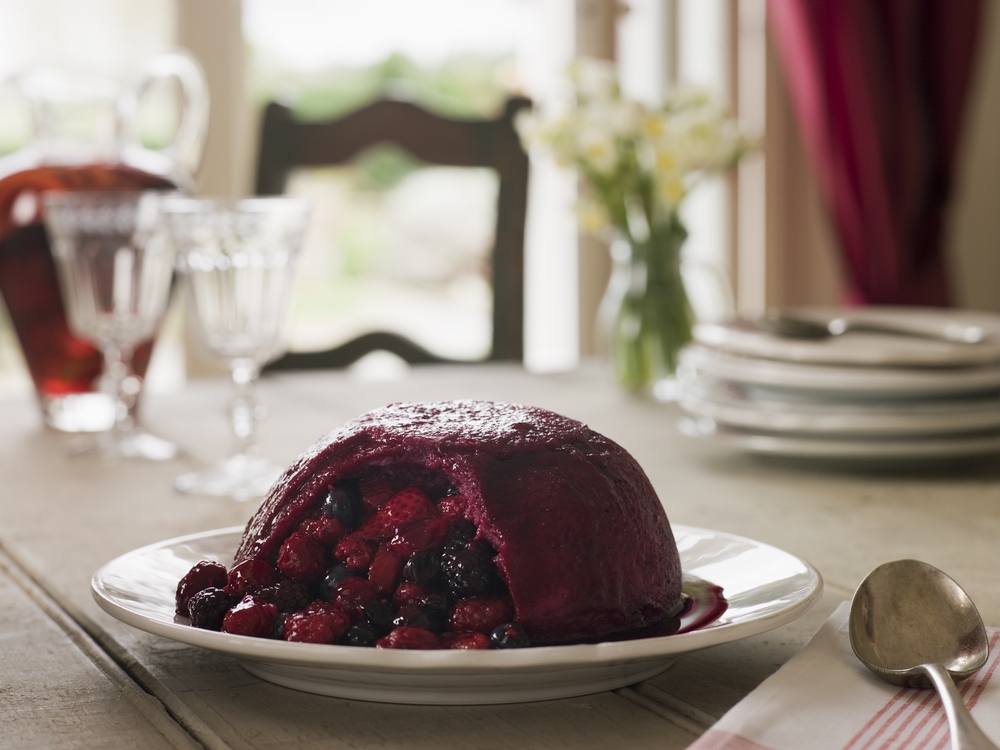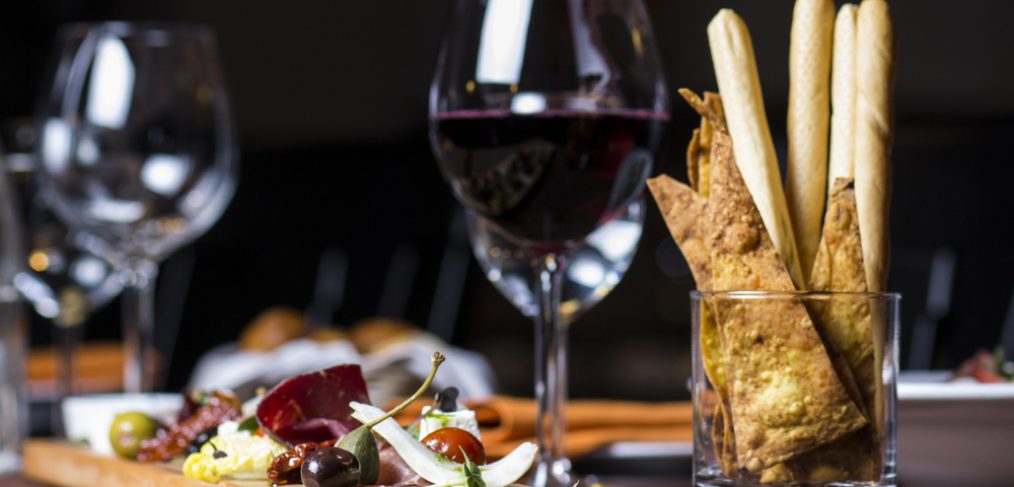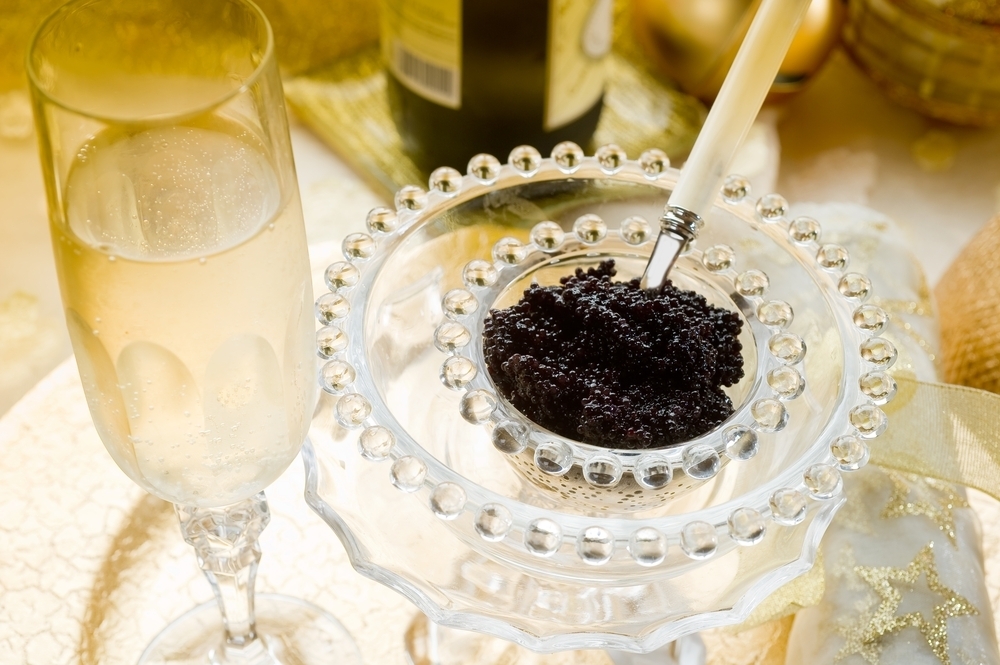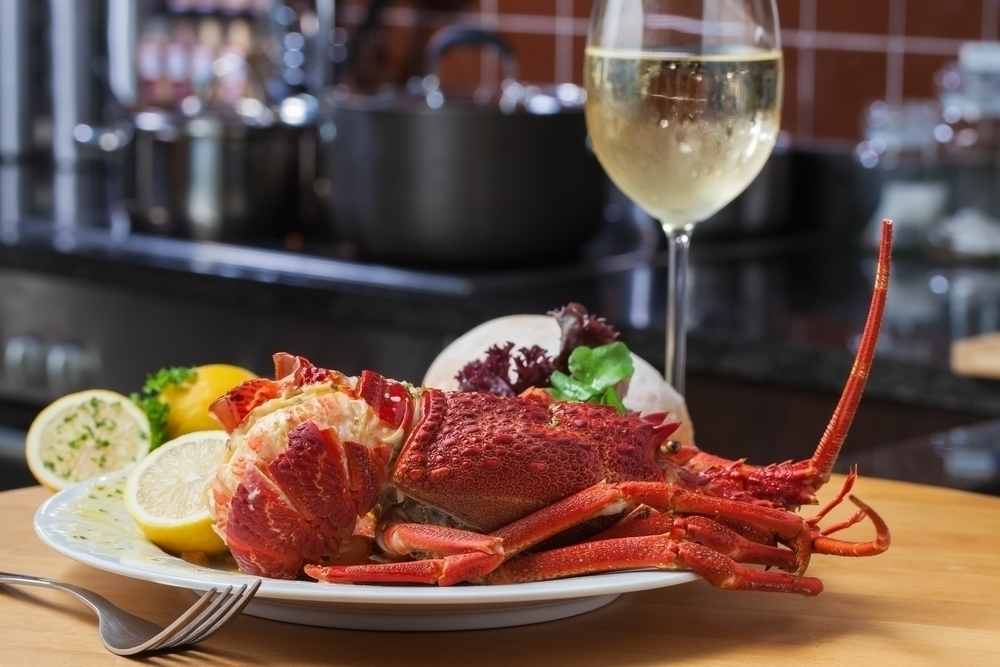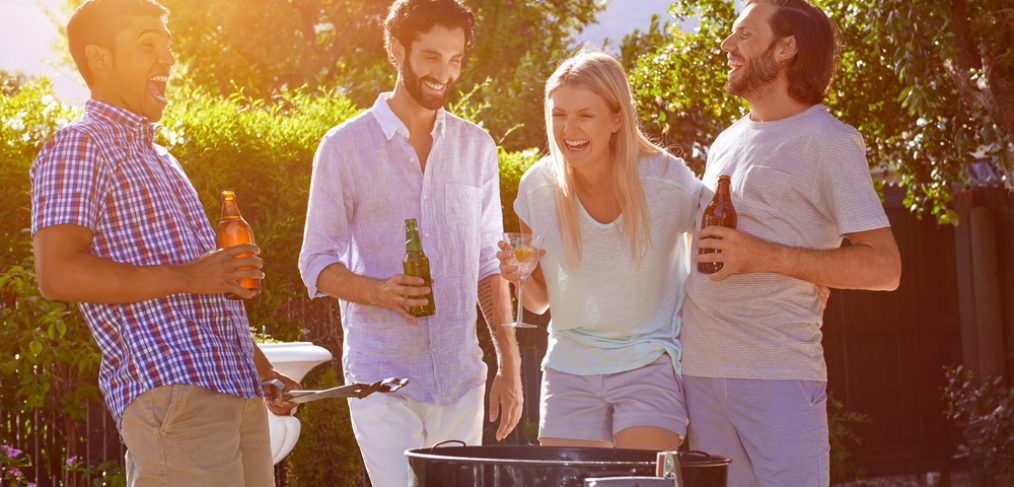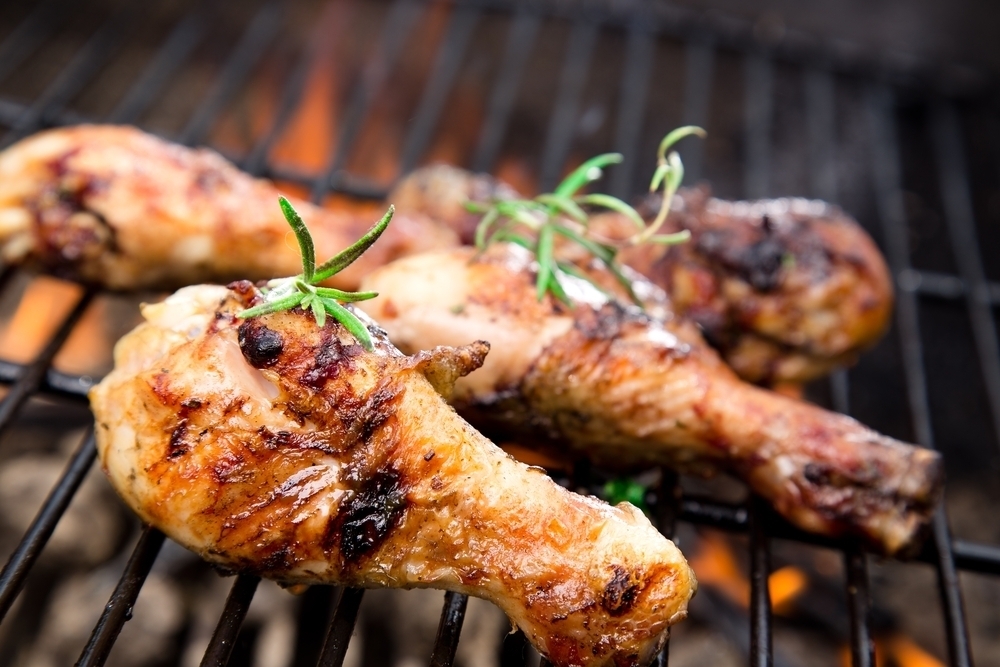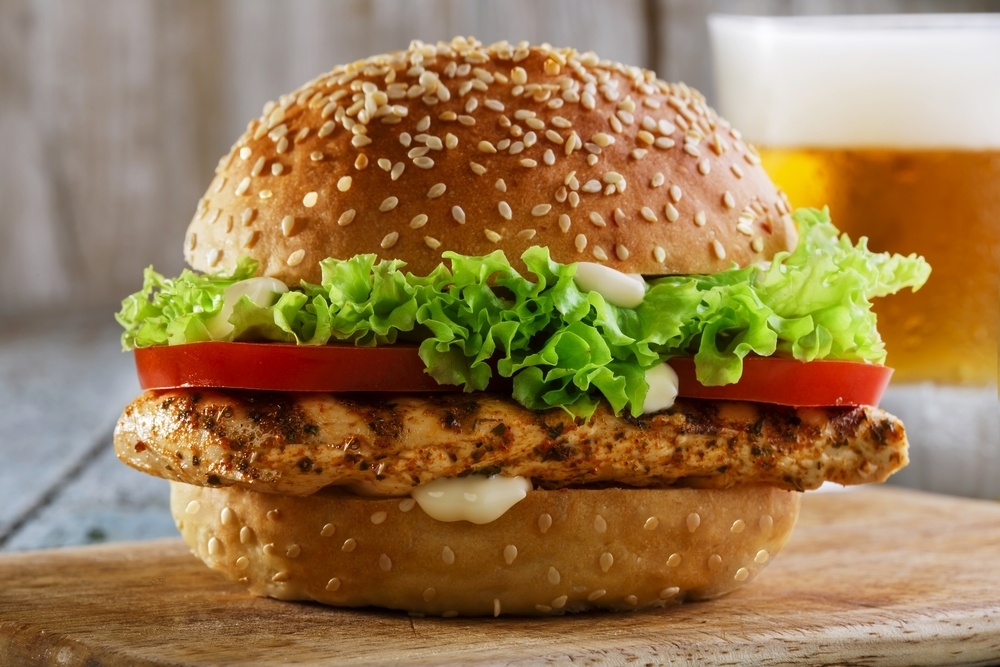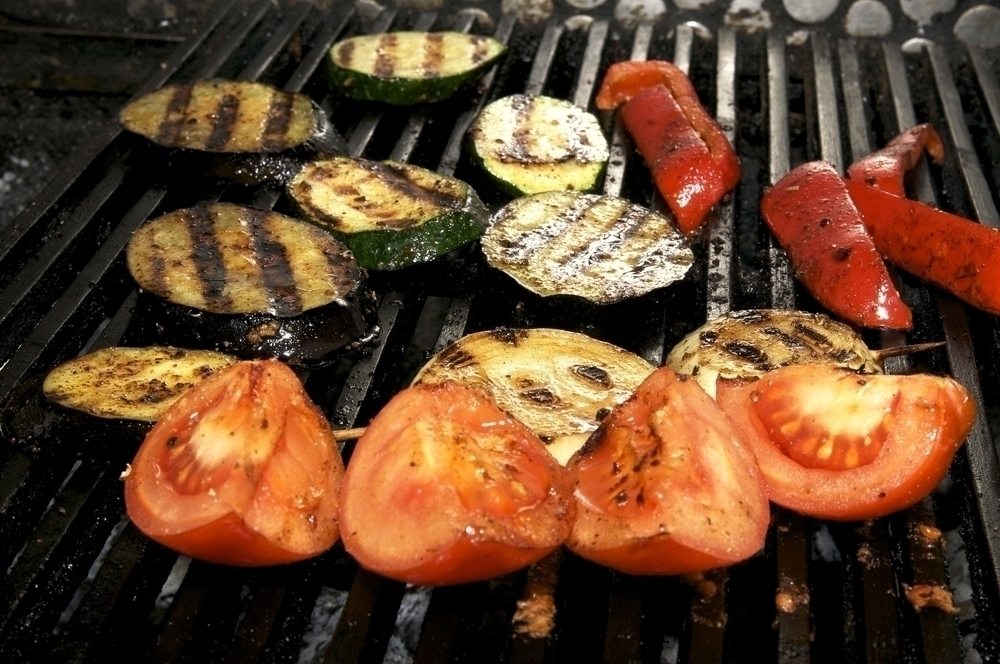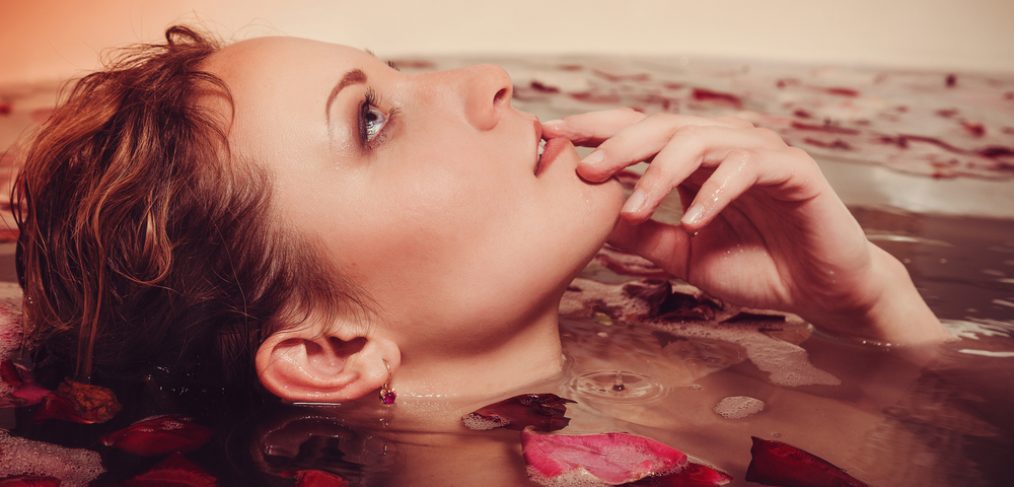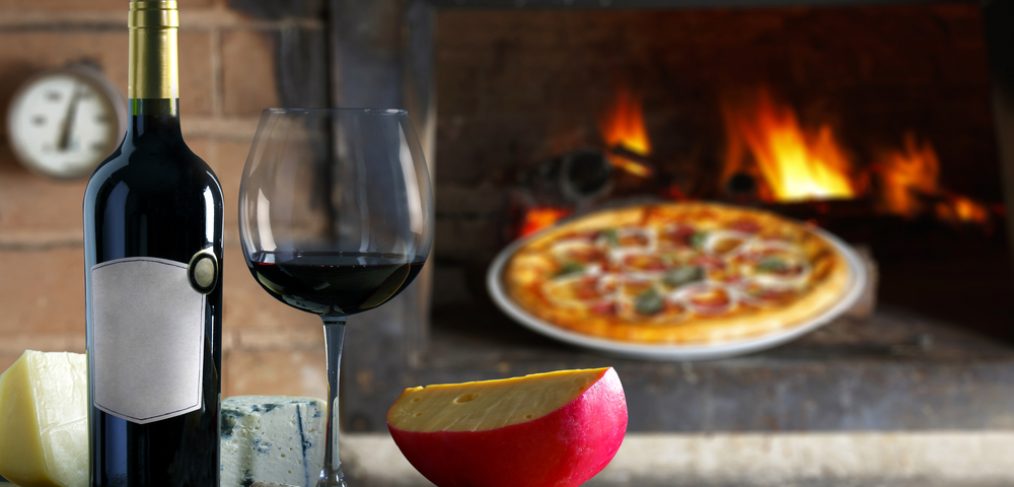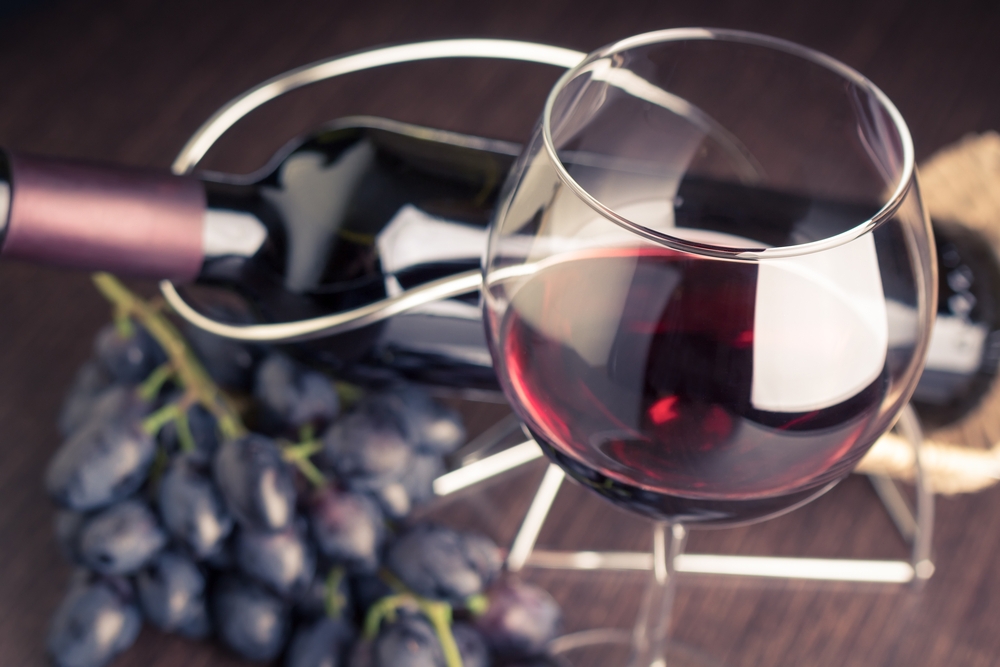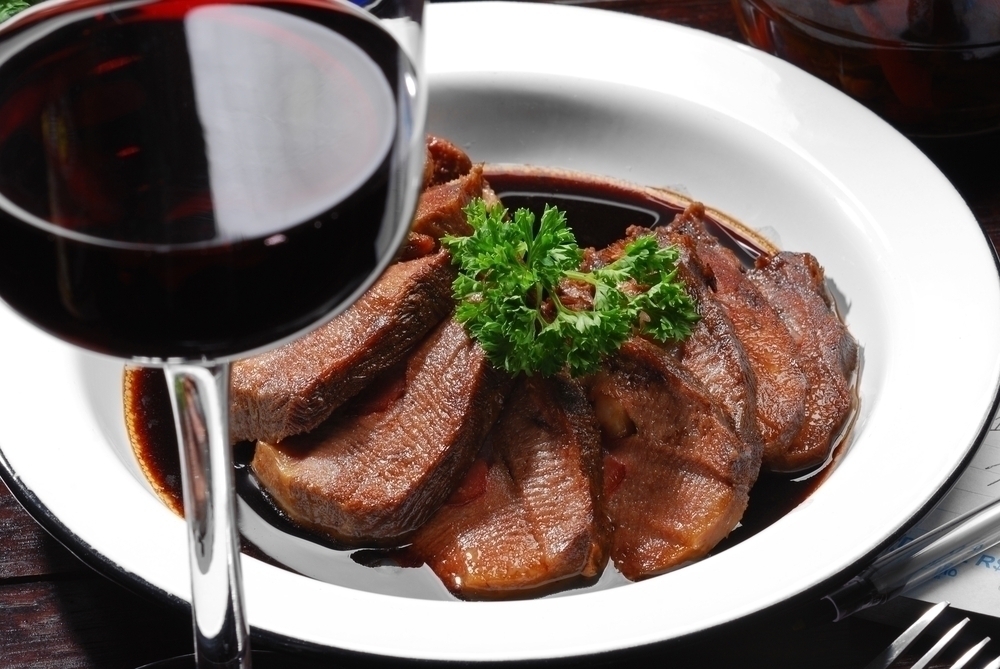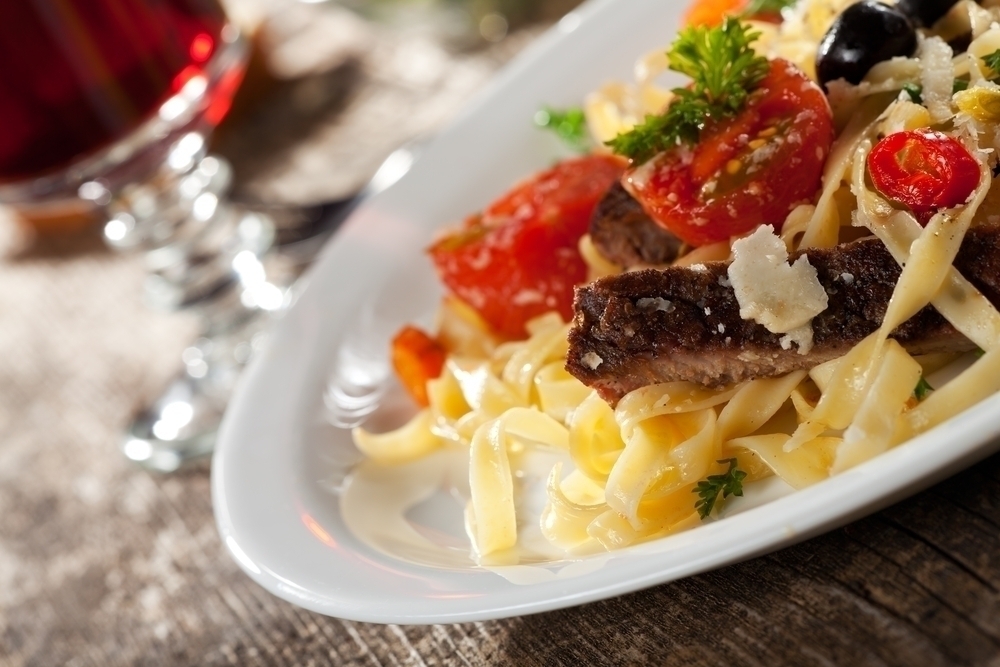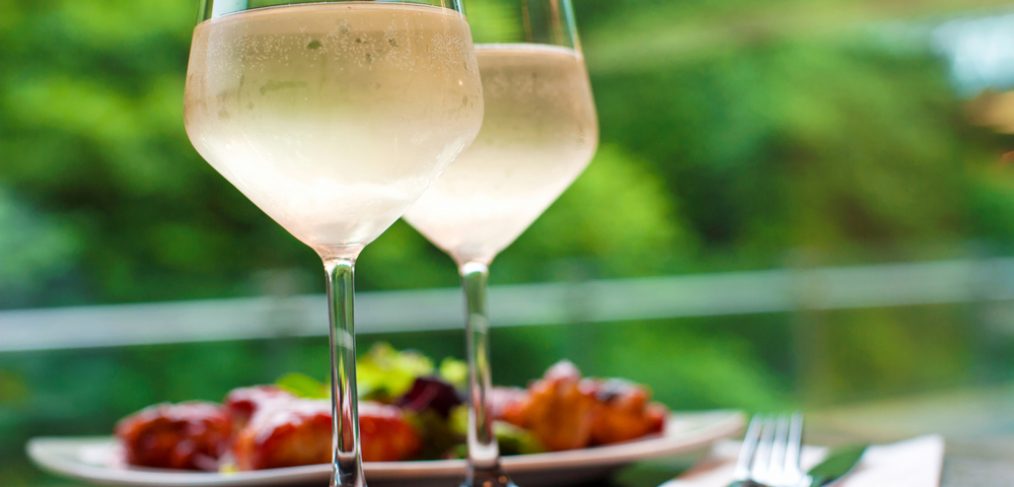It seems that wines come and go in popularity and one wine that is still enjoying a celebrated status is Malbec, particularly Argentine Malbec. The Malbec grape has its origins in France, like many grape varietals, though it is the fruity flavors of Malbec from Argentina that is currently being highly revered by wine enthusiasts. Malbec often features strong fruit flavors such as:
- Blackberry
- Black cherry
- Blueberry
- Plum
- Pomegranate
- Raspberry
Secondary flavors include:
- Black pepper
- Cocoa
- Coffee
- Gravel
- Green stem
- Leather
- Milk chocolate
- Mocha
- Molasses
- Tobacco
Malbec Wine
Malbec is now most frequently associated with Argentina, but the grape did originate in France. It was a commonly used blending grape in Bordeaux’s top wines, but was not the easiest grape to grow in that region. Malbec grapes respond poorly to extreme weather or temperature and have little to no pest resistance. The first Malbec planted in Argentina was in Mendoza by a French botanist wanting a taste of home. Argentina is credited with having “saved” Malbec because the grape flourishes in this environment. Part of what makes Malbec such a popular wine is that it pairs well with such a wide variety of foods, it has a medium acidity and it does not have a long finish like that of a Cabernet Sauvignon. If you aren’t sure where to start with Malbec wines, here are our top picks:
Trapiche 2006 Vina Federico Villafane Single Vineyard Malbec (Mendoza Region)
This Argentine Malbec is one of the greatest values when it comes to high-end, luxury Malbec wines. That being said, it is still pricey at $50 per bottle, but you may want to consider the splurge for such a decadent wine. The Trapiche 2006 Vina Federico Villafane Single Vineyard Malbec provides an intensive burst of black fruits, such as black cherries, at the onset and is followed by very subtle finishing flavors. This Malbec is a lush, ripe wine that also features hints of cola mixed with the black fruit.
Hess Collection 2012 Small Block Series Malbec (Napa Valley)
Again, this Malbec hailing from Napa Valley, California is not a low price point wine. This Malbec costs $55 per bottle, but like the Malbec listed above, you may not want to write this Malbec off on price alone. The Hess Collection 2012 Small Block Series Malbec is a rich wine that provides wonderful flavors of blueberry cobbler, blackberries and a bit of licorice at at first with little acidity and very soft tannins. The finishing notes of this Malbec are vanilla and chocolate with a hint of spice.
Jean-Luc Baldes 2008 Clos Triguedina Les Galets Malbec (Cahors)
While Argentine Malbec heavily features opening fruit flavors, Malbec wines produced in France are often quite different. The Jean-Luc Baldes 2008 Clos Triguedina Les Galets Malbec has a very mineral-like flavor and texture that mingles with black fruits. At $25 per bottle, you will definitely want to try this French Malbec.
Malbec is a wine that everyone can enjoy. It often features low to medium acidity and softer tannins than other red varietals. Malbec from Argentina has strong, dense flavors of dark fruits while French Malbec is often more earthy with flavors described as green stem, black pepper and spice. No matter what your mood or meal is, there is sure to be a Malbec that fits perfectly.



